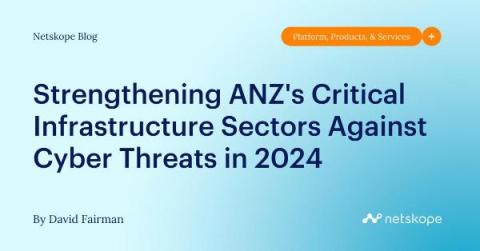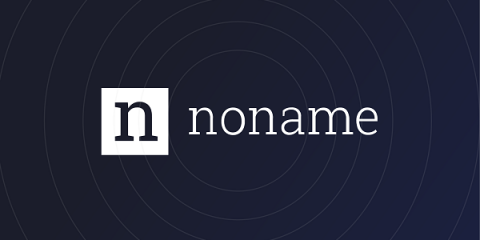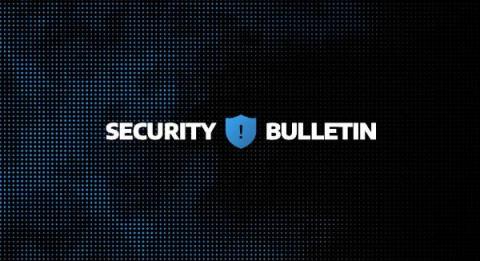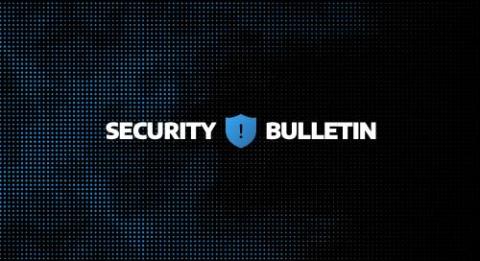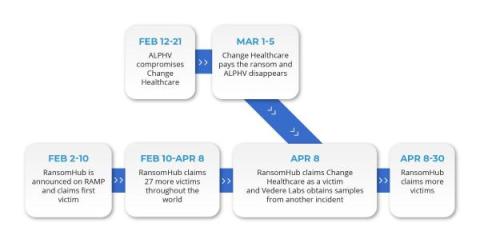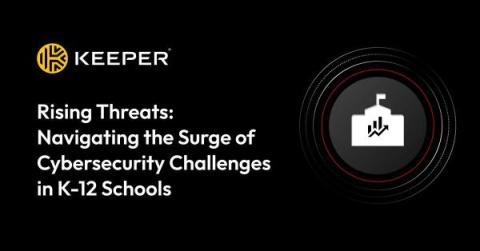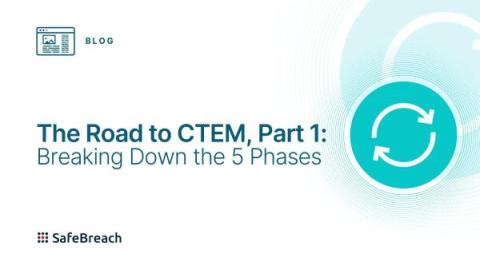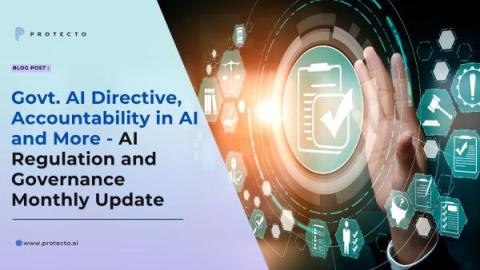Strengthening ANZ's Critical Infrastructure Sectors Against Cyber Threats in 2024
As 2024 continues forward, Australia and New Zealand’s critical infrastructure sectors face significant cybersecurity challenges. Critical infrastructure (CI) sectors–encompassing energy, healthcare, transportation, water, and communication–are at a pivotal moment in their evolution. The rapid digitisation of these sectors brings not only unprecedented efficiency and connectivity but also a significantly expanded attack surface.


